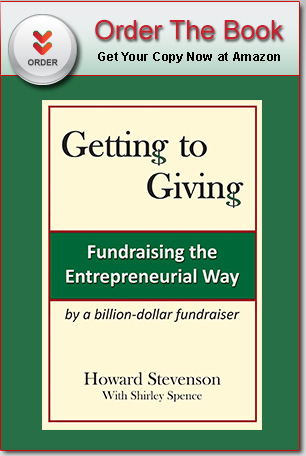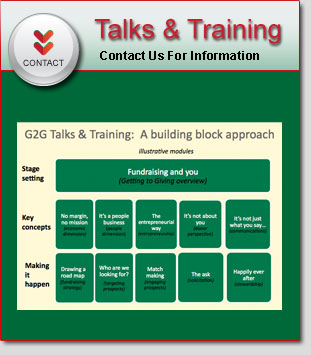To start, I would suggest you check out a general overview called “How to Seal the Deal” that we offered in a previous blog. Here, I’ll talk about some of the common problems you can run into.
The syllogism is true: “Good decisions come from wisdom, wisdom comes from experience, and experience comes from bad decisions.” I’ve experienced my share of gift agreement mistakes, as a donor and a fundraiser.
Most problems fundamentally are about control. Many clauses are put into gift agreements because someone – the organization or the donor – has had a problem or is worried about being taken advantage of. The lawyers are happy to help.
From the organization’s perspective, the problems can be broadly divided into two categories: external problems and internal problems.
External problems often are around the definition of the gift’s purpose.
The gift purpose may be too narrow (e.g., a HBS scholarship for caddies from a local country club) or too vague, which can leave you open to charges that you are not honoring the donor’s intent.
Changes over time – who gets to decide what and when – also are problematic, especially for endowed gifts and construction projects.
What if the gift amount shrinks too much and it’s not worth managing as a separate fund account? Can you merge it with other funds that have a similar purpose? Under what conditions can you redirect the funds to another purpose?
Another potential problem: the donor backs out. That explains language like this: “We confirm our understanding that this is a binding pledge on you and your estate and that we will make commitments in reliance on this pledge.”
Internal problems include “the gift that keeps on taking” plus the dilemma of having too many specific purpose gifts and nothing to cover central costs. Then there’s the painful problem of accepting money for a purpose you can’t fulfill (e.g., a program that flops).
I have had the experience of seeing multiple draft agreements from the same organization. They were quite different one from the other, and ranged from quite poor to quite good. That may be why some organizations create templates that they require all departments and fundraisers to use.
One noticeable difference can be in tone. The worst are nothing but contract terms. The best start with an expression of gratitude for the gift, and an articulation of the impact that it would have. Yes, it is a contract. But – as with any donor interaction – it’s also an opportunity to build a lasting, positive relationship. At the very least, don’t offend your donor.
Heavy-handed assertions (“We want full rights to do whatever we want.”) are not appreciated. And do make sure that there is language ensuring that the obligation is appropriately named. You can get someone’s foundation disqualified as a 5013C entity, for a personal pledge.



